Apple's Safari grows to 8% browser share, WebKit now second only to Microsoft IE
The new high water mark for Apple's web browser, combined with Google's popular Chrome browser, also now makes Apple's WebKit the second most widely used rendering engine among web browsers, second only to Microsoft's Internet Explorer and just slightly ahead of Mozilla's Firefox.
According to Net Application's NetMarketShare data, in the last two years, Microsoft's IE has slipped from nearly 67 percent share to just 52.8, while Firefox use has slipped slightly from almost 23 percent to July's reported 21.48. Google's Chrome as exploded from 2.84 percent to 13.45 percent, while Apple's Safari share has nearly doubled from 4.07 percent to 8.05 percent.
Chrome and Safari combined now represent more than 21.5 percent of web users, slightly ahead of Firefox even before adding in a small number of alternative WebKit browsers.
A decade ago, Microsoft's share of web browsing with the Windows-bundled IE reached such overwhelmingly high numbers that it appeared unlikely that any other browser could ever gain more than a scrap of market share, given the apparent lack of any profit incentive to develop an alternative web browser.
The failing Netscape Navigator browser was eventually spun off into an open source project that resulted in Mozilla, which developed the Firefox browser. Its advantages in speed and other features, combined with its independence from Microsoft, quickly created an avid following among both PC and Mac users.
The Rise of Safari and WebKit
In 2003, Apple debuted work on its own Safari browser, after Microsoft stopped actively developing IE for the Mac. Apple leveraged the existing, open source KHTML rendering engine, which it forked to deliver WebCore, a parallel project Apple continued to maintain under the GNU LGPL.
Two years later, Apple released its entire layout engine for Safari under the more permissive BSD license, naming the entire package WebKit. This package proved to be far more valuable to third parties than just the core KHTML-based rendering engine, causing WebKit to immediately be adopted by Nokia for use in its smartphone web browser for Symbian.
Google later adopted WebKit for use in both its desktop Chrome and mobile Android browsers. RIM's modern BlackBerry 6.0 browser and HP's webOS browser and entire application runtime are also based on WebKit, as are the majority of other mobile browsers, including Amazon's latest Kindle browser. WebKit is also used within a variety of applications, ranging from Apple's own Mail, iTunes and Dashboard to Adobe's AIR and Creative Suite CS5 and Valve's Steam gaming platform.
Widespread use of WebKit has enabled Apple (and other WebKit developers) to rapidly deliver and deploy new web standards ranging from Apple's Canvas to a variety of enhancements to CSS, HTML and SVG, without worrying that there won't be enough modern browsers available to take advantage of the new features. This has enabled the development of a new open platform for sophisticated web applications, commonly referred to as HTML5.
Shifting the industry toward HTML5
Apple's successful development of not just a desktop browser in the model of Firefox but also the creation of Mobile Safari for iOS devices as the first very usable, high performance mainstream mobile browser (something Mozilla has yet to deliver itself) has left a tremendous mark not only on the web browser market but in web-related development as well.
The exclusive use of HTML and JavaScript on Apple's iOS devices without any provision for plugins such as Adobe Flash and Microsoft Silverlight has upended Adobe's control over the deployment of web video and other dynamic content, forcing the company to bring its development tools to an open HTML5 foundation in order to reach the valuable iOS segment of the market.
Microsoft has also largely abandoned Silverlight, its own Flash-like development environment, to instead focus on standard HTML5 tools for building web apps and services.
 Daniel Eran Dilger
Daniel Eran Dilger


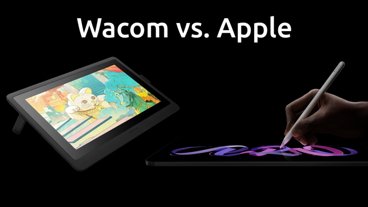
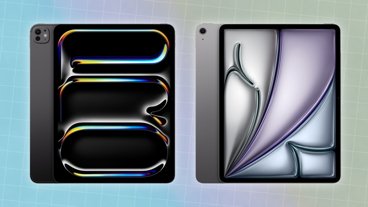

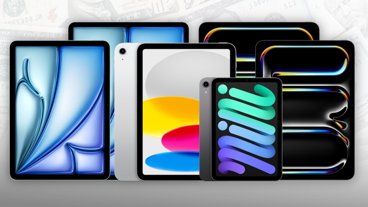


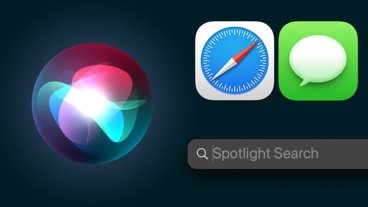




 Malcolm Owen
Malcolm Owen
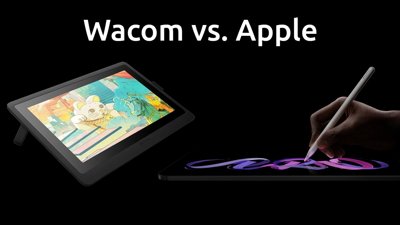
 Amber Neely
Amber Neely

 Marko Zivkovic
Marko Zivkovic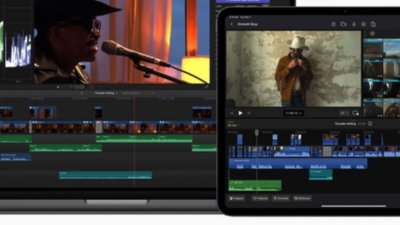
 David Schloss
David Schloss
 Wesley Hilliard
Wesley Hilliard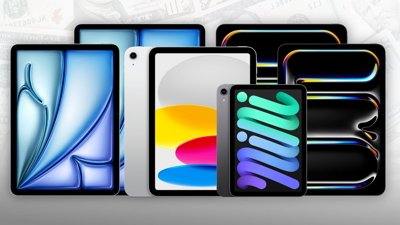
 Mike Wuerthele and Malcolm Owen
Mike Wuerthele and Malcolm Owen
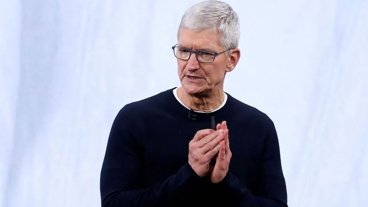
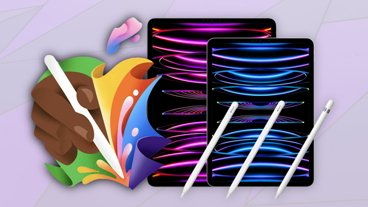


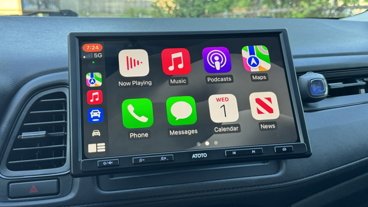



38 Comments
I've been using WebKit for cross-platform development at work and have been mostly happy with it (WebKit specific style sheets behaves quirky on Mac, strangely). Google Chrome is my primary browser on Mac and PC since I gave up on Firefox during the prolonged and buggy Firefox 4 beta.
I wonder what WebKit would be based on installations if we count mobile devices.
I've been using WebKit for cross-platform development at work and have been mostly happy with it (WebKit specific style sheets behaves quirky on Mac, strangely). Google Chrome is my primary browser on Mac and PC since I gave up on Firefox during the prolonged and buggy Firefox 4 beta.
I'm looking forward to the Lion update for Chrome. Full screen is just so much better with the OS support.
I wonder what WebKit would be based on installations if we count mobile devices.
The first line of the article suggests that the survey counted mobile devices.
This article misses this one important aspect. Apple has had a lot of success with initiatives that leverage opens source concepts to drive industry adoption. WebKit and OpenCL for example have huge followings. Apples significant interest in LLVM and CLANG has given the world an viable alternative to GCC and friends. Even lib dispatch has people falling all over it.
I know that this is under the hood kinda stuff for most but sometimes a strong foundation leads to majestic houses. These really are the building blocks of the future. Not just for Apple either, all sorts of projects have taken an interest in these technologies.